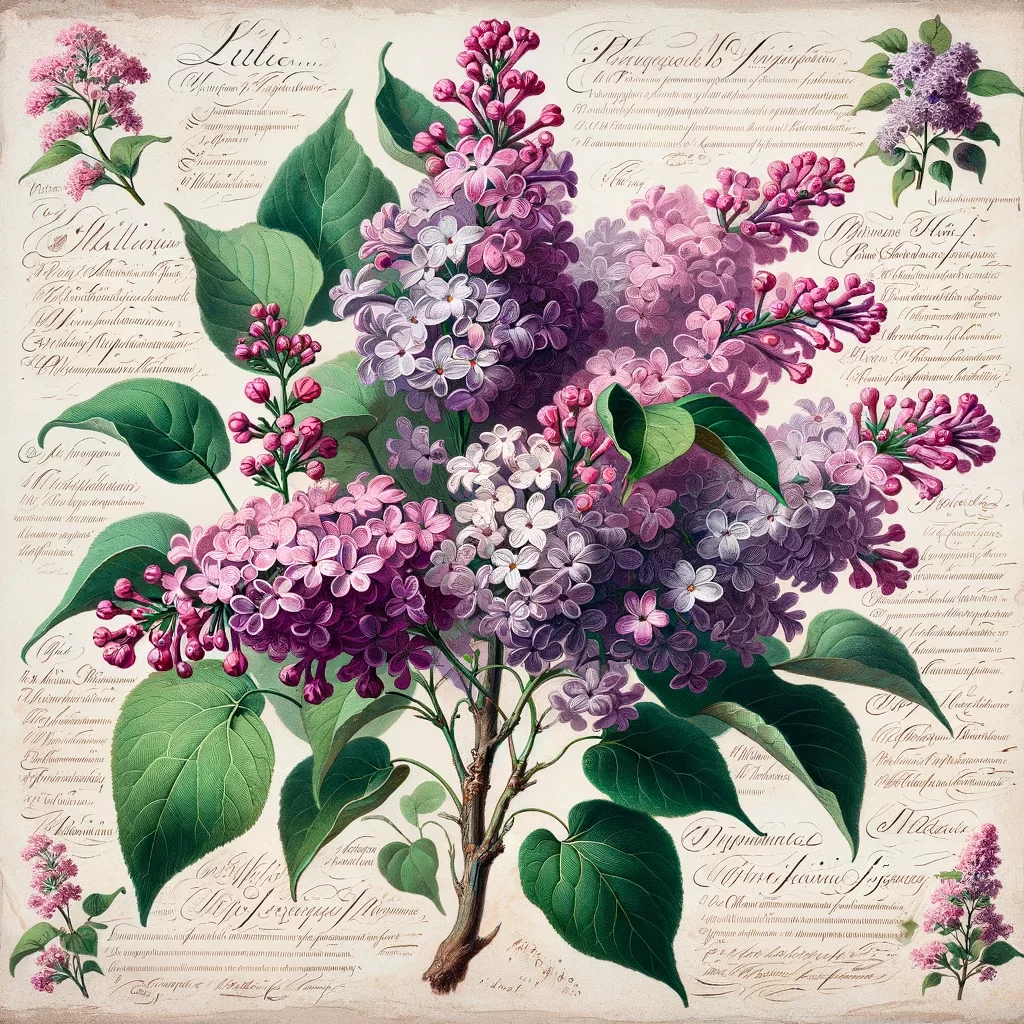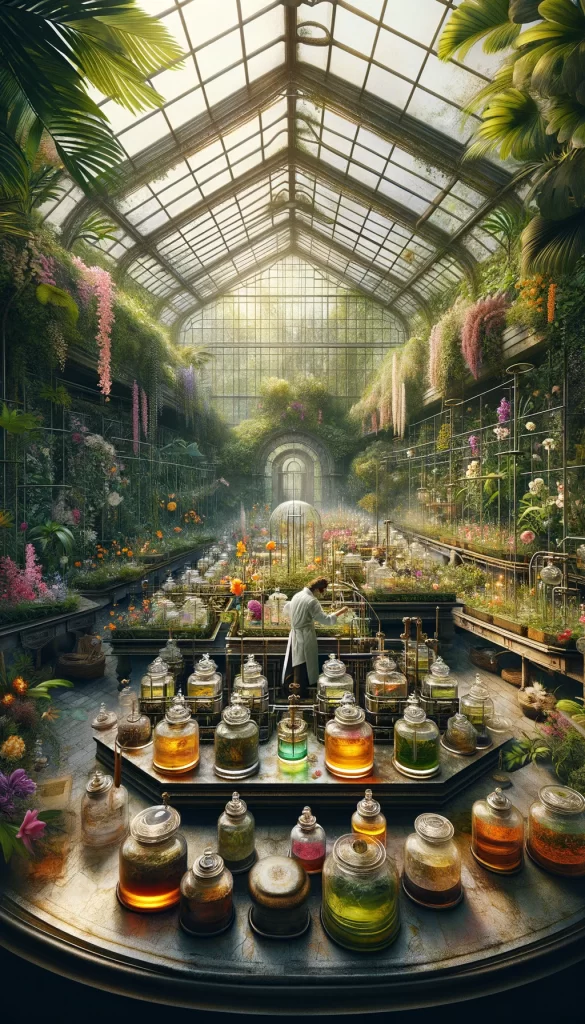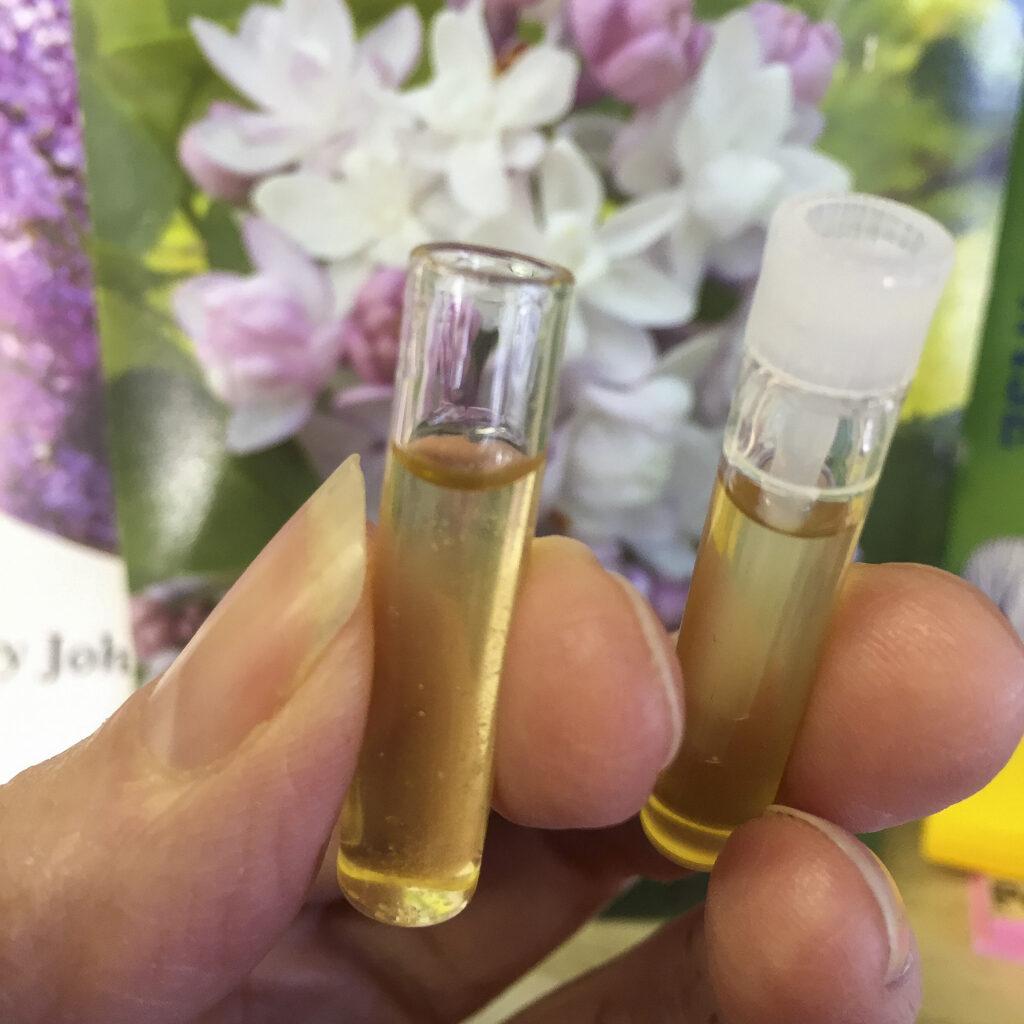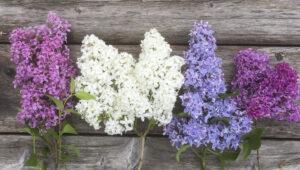
Lilac as Medicine
Folk Medicine references many therapeutic properties of lilacs. Claims have included treatment of kidney ailments, fevers, malaria, insect bites, muscle soreness, swollen joints, and sunburn. Cosmetically, lilac has been used as an astringent for skin toning, lymph drainage, shrinking pores, relieving puffiness and swelling, and recently to rejuvenate the skin, heal acne, and awaken sleeping hair follicles.
Recent Lilac Stem Cell studies have revealed very promising results in Dermatology…Read Link to Studies
Lilac Folklore
Greek Orthodox Christians called the flower “Pashalia” which derives from the root word Pasha, meaning “passage.”
Indeed, sprigs of lilacs were brought by women on the ship Mayflower to carry them through safe passage to the new world and signify a new life there.
We know lilac for its heavenly scent and as the harbinger of Spring and new beginnings. The uplifting essence allows one to time travel through memories and conjures long-forgotten thoughts and feelings. Some have half-jokingly said it needs a warning label for this reason!


A Tribute to the Master Perfumer
I was inspired by Jeanne Rose, and spurred on by her claim that no real lilac oil existed.
Thank you Jeanne Rose!
Any lilac scented product that was found in a store or online was undoubtedly a fake, until now!
The Secrets of the Lilac
by Jeanne Rose
The Lilac (Syringa vulgaris), Order Oleaceae, is a loved flower, but does little to further its reputation in the field of aromatherapy as its elusive scent is difficult to capture in a bottle. It does not yield its fragrance to distillation — and enfleurage is no longer much employed as a means of extracting this delicious odor.
…the little produced Lilac flower perfume at $100,000 per kilo has yet found a use in aromatherapy. It is just too expensive. So if you go to a store and find Lilac perfume or Lilac-scented soap, please note that it is a fake and synthesized version of this most fabulous of odors. Only with the knowledge of the ancient alchemists can you extract scent from this purple beauty to make a sweet scent.
Just now the lilac is in bloom
All before my little room;
And in my flower beds I think,
Smile the carnation and the pink;
And from the borders, well I know,
The poppy and the pansy blow.
~ Rupert Brooke


Our Lilac Beauty Secret, is made through the ancient process of Enfleurage. A hand crafted pomade is created through 33 consecutive days of fresh flower changes. The lilac scent is exhaled from the flowers into a bed of sustainably sourced and organically grown palm kernel oil.
Palm kernel oil is naturally high in vitamin E, tocotrenols and is packed with anti-oxidants.

